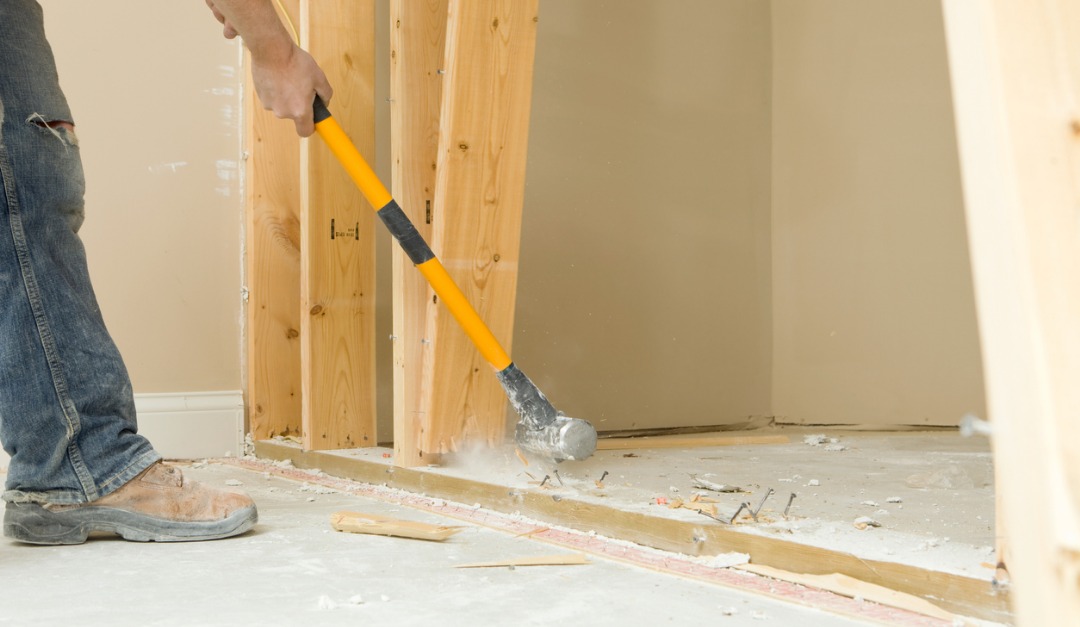Improving the look and functionality of your home goes a long way toward boosting its value. But what types of renovation are today’s buyers looking for?
If you are thinking of remodeling, a national survey by Consumer Reports reveals the most sought-after amenities:
- Kitchens top the list – Buyers want a clean, updated and well-organized kitchen. A new coat of paint or modernized lighting can be inexpensive starts. Increasing the value exponentially are quartz counters, attractive cabinetry, and stainless steel appliances.
- Workable floor plans – Regardless of the size of your home, strategically increasing the living space is sure to boost its value. A more open floor plan, a finished basement, or a dedicated playroom or office space appeals to the needs of young families.
- Energy efficiency – Buyers are interested in energy costs and efficiency. Energy Star appliances, high-efficiency windows, and LED lighting help to lower the cost and increase your home’s ‘green’ appeal.
- Updated systems and surfaces – Central air conditioning and updated mechanical systems, including water heaters and gas heat, can increase a home’s value by 3 to 5 percent. A newer roof and hardwood flooring are also much in demand.
- Allowance for aging in place – As people are living longer and the number of senior citizens continues to increase, buyers see the long-term value of walk-in showers, comfort-height toilets, and master bedrooms on the main floor.
- Color and light matter – Fresh paint, natural color schemes, and window treatments that let in the light will improve the look as well as the value of your home.
- The great outdoors – Up your home’s curb appeal by keeping lawns and shrubbery neatly trimmed. Also high on buyers’ wish-lists are a water-smart yard, a deck or patio, and a built-in grill.
- Smart technology – Some high-tech features may lose value as technology continues to evolve. But security systems, whole house generators, and programmable thermostats controllable by smart phones will add value for their efficiency and convenience.








